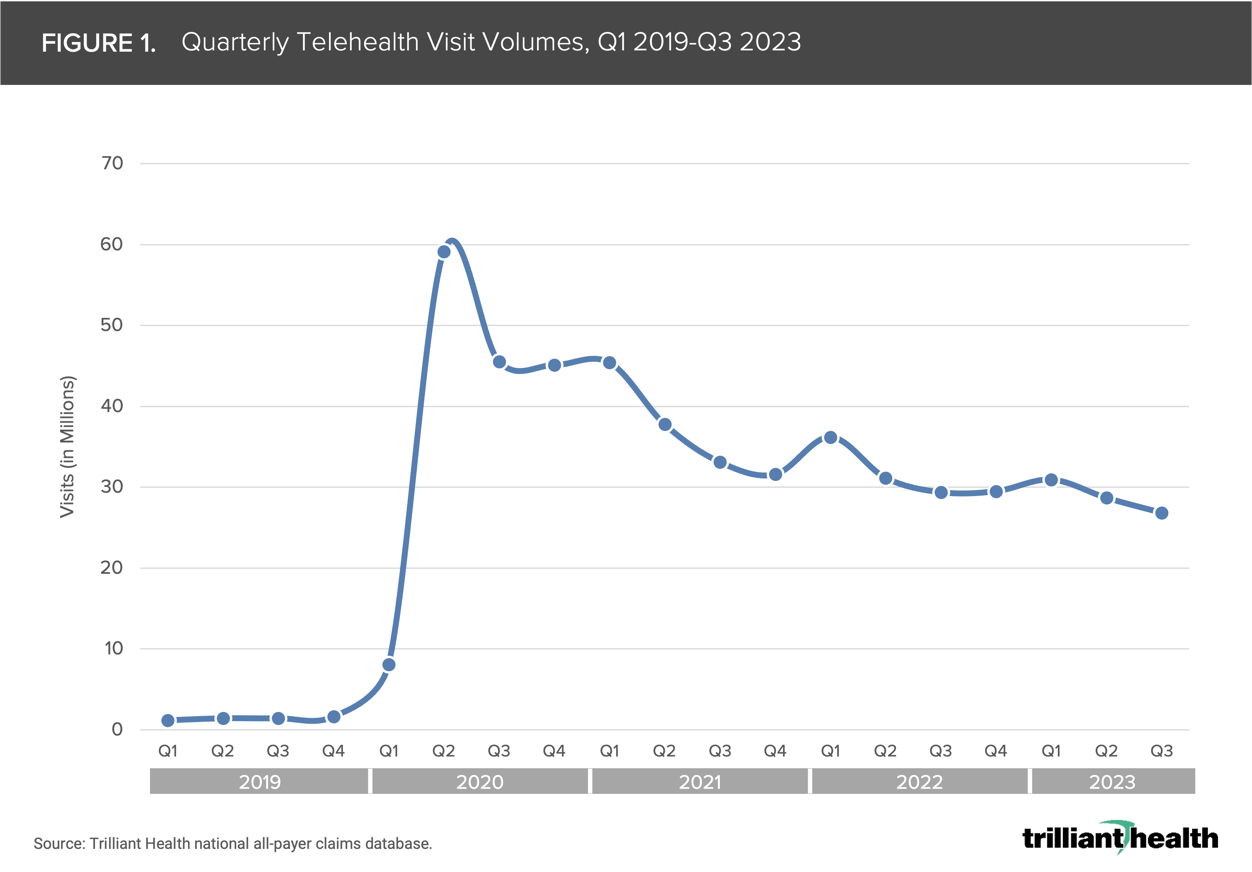Cybersecurity
Will security training from Google and Microsoft help prevent hospital cyberattacks?
Google and Microsoft this week offered training and software discounts to help rural hospitals secure their data from the constant onslaught of ransomware attacks and other data breaches.
But as information security experts and researchers told STAT's Casey Ross and Mohana Ravindranath, the effort falls far short of what needs to be done to prevent what seem to be a never-ending cascade of cyberattacks. It's a life or death problem and most rural hospitals don't have enough money, or staff, to tackle it. Some free tools from big tech is unlikely likely to solve the problem.
An effort that's more likely to create impact are federally dictated health care-specific performance goals for cybersecurity that at least give hospitals a target to strive for. One expert suggested that vendors could band together in an effort to help rural heath centers meet these goals.
Read more about the challenges and possible solutions here
REsearch
Now there's a ChatGPT-like model for pathology slides
In a new Nature paper, researchers describe a new AI model that can ingest pathology images, converse with a clinician about a slide, take in additional information about the case, or produce a pathology report draft. Called PathChat, the model was designed by researchers at Mass General Brigham and other institutes.
In benchmark tests, PathChat outperformed existing AI models on several tasks related to describing and interpreting images. In the future, researcher Faisal Mahmood suggested a Food and Drug Administration regulated version could help triage cases and suggest to human pathologists where they ought to focus their attention.
Read more on PathChat's development and abilities here
Telehealth
Where is telehealth, four years later?

Long-time readers of STAT Health Tech know we love a good visualization of telehealth use, and today's chart, from Trilliant Health, comes at symbolic moment for virtual care: It includes data through the end of the third quarter of 2023, four years after the onset of pandemic drove millions of new users to try new ways of talking to a doctor. It also follows Teladoc embarking on a fresh course under new CEO Chuck Divita, and a bit more than a month after Optum and Walmart moved to shutter their virtual care businesses.
So what do we learn? A continuation of what we knew: Telehealth use is higher than where it was before the pandemic but lower than the 2020 peak — and much lower than where many analysts, investors, and entrepreneurs thought it would end up.
"Telehealth utilization trends signal that patients do not view telehealth as a substitute for in-person care for most conditions, except for behavioral health," wrote Trilliant chief research officer Sanjula Jain, adding: "Because it is now clear that the pandemic-era telehealth market predictions were ultimately misguided, stakeholders across the health economy must reevaluate their approach to telehealth." Read her whole post here.


No comments